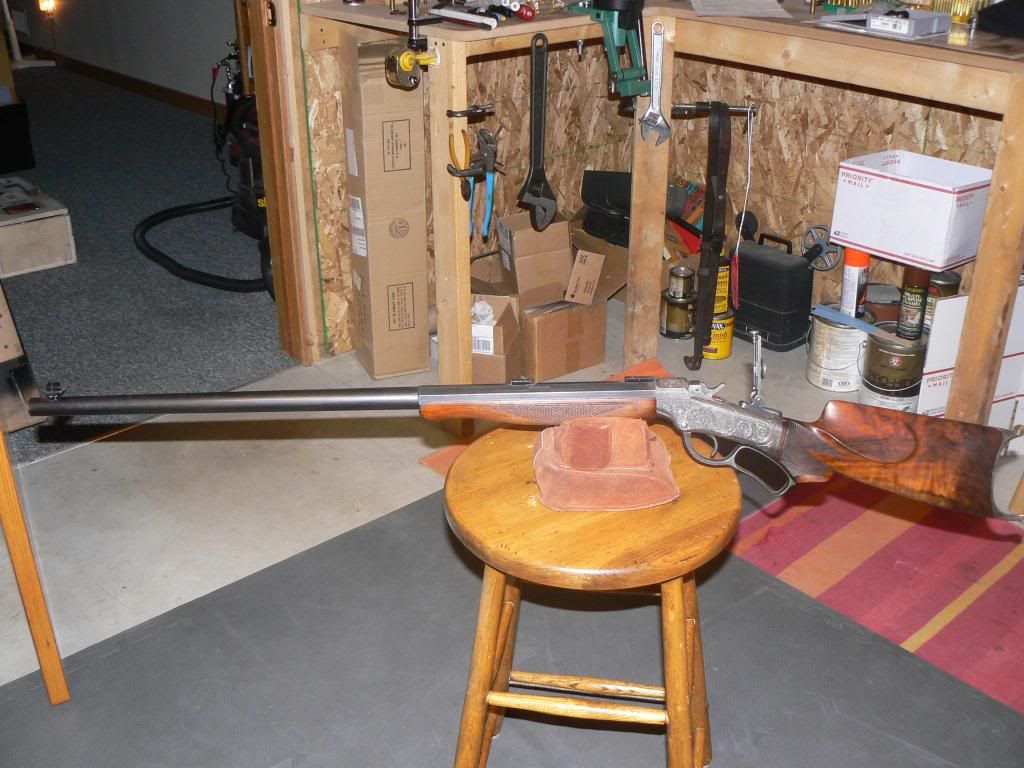Not to keep this thread off track, but I deal with things like this every day. So I have a question for Turd in the Pool (and I am not picking sides although I know exactly what I believe on this topic):
How can you scientifically prove that the direction of twist of the rifling is what causes (the very few examples of barrels that have loosened) to actually come lose? How do you know that it is not some other factor like human error in machining or assembly? Either way for the few barrels that do come lose unless you are the person who diagnoses the problem and by that I mean verifies that everything is machined correctly and somehow determines that it was all assembled correctly you will simply be guessing as to the cause of failure.
How can you scientifically prove that the direction of twist of the rifling is what causes (the very few examples of barrels that have loosened) to actually come lose? How do you know that it is not some other factor like human error in machining or assembly? Either way for the few barrels that do come lose unless you are the person who diagnoses the problem and by that I mean verifies that everything is machined correctly and somehow determines that it was all assembled correctly you will simply be guessing as to the cause of failure.


